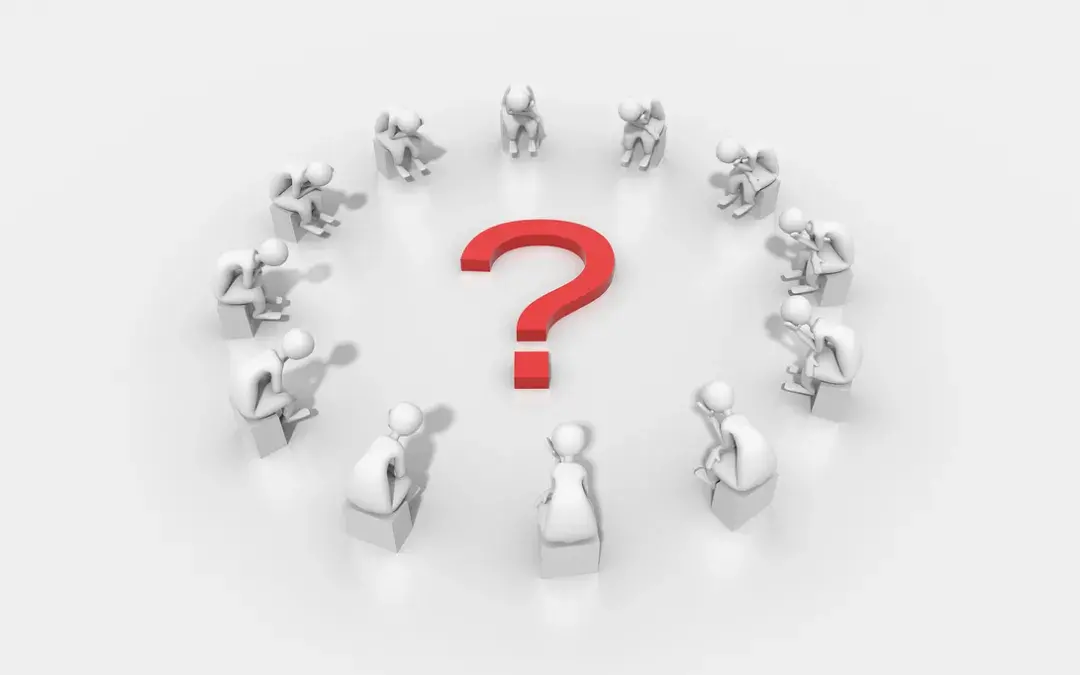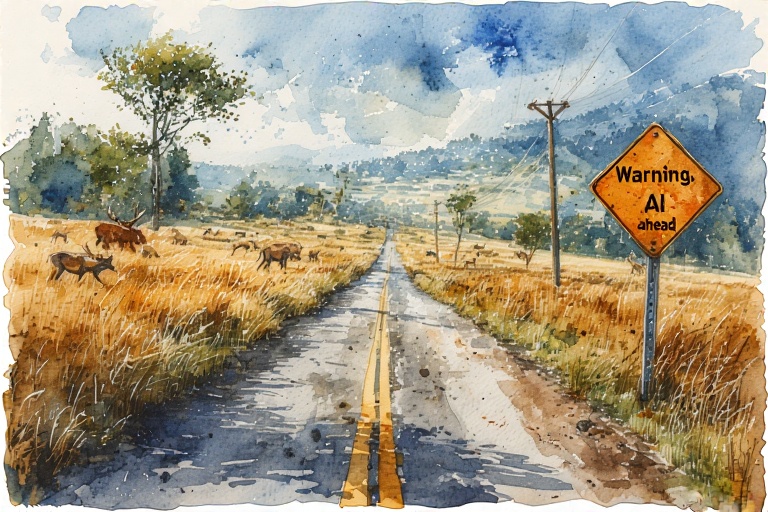Background
Today, it is innovation that defines the very existence of any organization that aspires to make it big. The corollary, even a leader, who does not catch up with an innovation by a smaller up-start could soon reach their doom.
Agility in innovation has become the buzz in today’s world.
The other thing that defines innovation – we all notice is that the innovator takes all situation (well almost).
Do people search or Google? Do people do instant messaging or do they WhatsApp? Does your TV remote take you in one button to Netflix – in today’s ad-free binge-watching world?
You probably need to go to Wikipedia if you want to find the alternatives to the above (Ok, a little exaggerated, but you realize it is not far off either!).
What are the challenges with today’s innovation, or is there even a challenge? Let us explore the dilemma with an illustration
[Note: This illustration is not meant to question the need for data privacy, or is this illustration meant to state that the authorities should have unbridled ability to peek into your personal life.]
An illustration
When WhatsApp arrived on the scene, there were many instant messaging tools in the market. WhatsApp made the process of signing up amazingly simple. They just tied it to your mobile number. So, no one had a need to remember any id to message you, anymore and they were a roaring success. On top of it, it was a free service.
What was the innovation here? Build a product that makes communication instant in words, visually and by voice. Build a product that allows quick sharing. Great!
What was the result of the innovation?
They had over a billion customers and many of them using it very regularly. WhatsApp became a verb for most people.
Let us now look at a scenario where this product gets used.
Now if there’s potential trouble fomenting in a place, the message spreads like wildfire on the private network. Let us say the picture shows two people of different color, caste or religion involved in this. Before anyone can understand what has happened the wildfire spread is causing the supporters of the two opposing groups (which probably was not even the basic cause) landing up in large numbers to support. You soon have a riot on hand with the numbers gathered.
Was this the intention of the creator of WhatsApp? Was it a use-case on which it was modelled? I am confident the answer would be an emphatic NO.
Over the years, the app has added end-to-end encrypted security. That is a great addition for people’s data privacy, isn’t it?
What is the impact in the scenario we talked of?
There is no way for anyone to know who is spreading the message/ rumors. Emboldened by that privacy, you soon have anti-social people, people with other agenda hijack, and create a major issue resulting is loss of life and property.
If WhatsApp had not provided the end-to-end encryption it would have probably become extinct sooner than later from being the de-facto tool for instant messaging.
How does an innovator take care of this? Does the innovator retain the benefits of scale with them? Does the innovator shrug off the consequences that the society faces now? Or can the innovator ignore a possible up-start dethroning them (e.g. Telegram in this case)? In which case the societal problems remain the same with the up-start, and this product has lost its market. Why do a hara-kiri?
How do you solve this innovator’s dilemma? Market share or societal issue. Either you do it or someone else could potentially do it and you are part of history.
Is our need for speed not allowing us to think holistically? After all history is replete with such challenges, so should we even bother about it as an innovator. Let society handle its problems, while the innovator works on building and retaining the market share.
If you want to look at another use-case on customer obsession, click on this – The Innovator’s Dilemma – Customer Obsession.
What do you think?





2 Responses
Awesome blog Srini.
Cultivating need mindset and developing Innovator mindset is the key outcome I gathered from this readout. Which align my thoughts towards 2 Agile principles
1) Our highest priority is to satisfy the customer through early and continuous delivery of valuable software.
(2) Welcome changing requirements, even late in development. Agile processes harness change for the customer’s competitive advantage.
Thx. Chethan